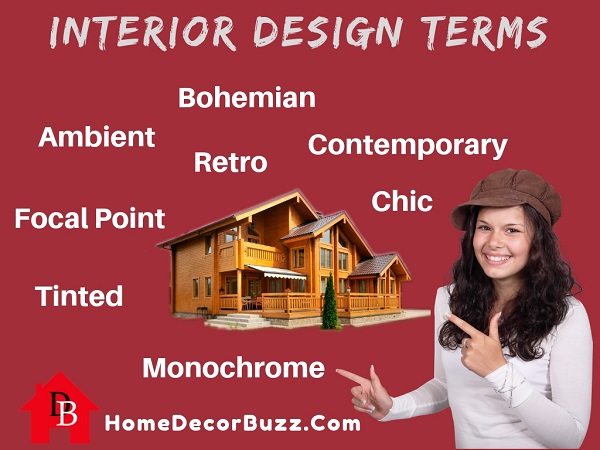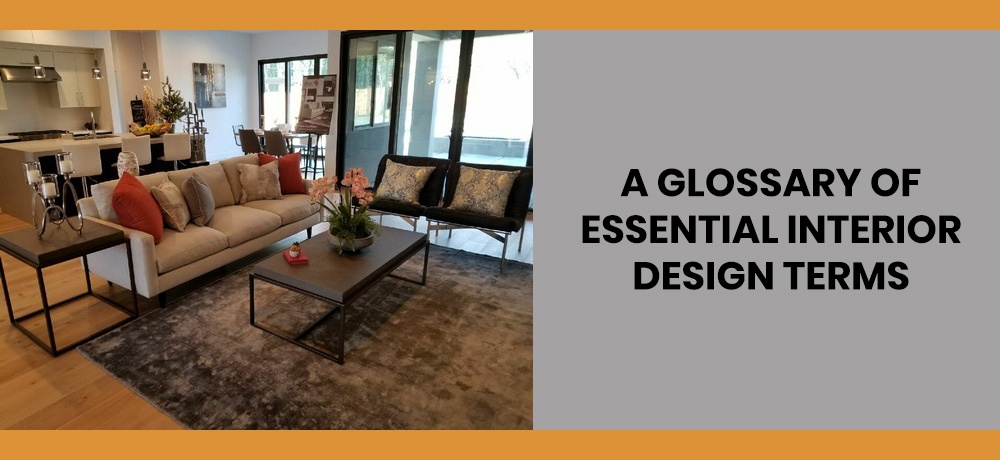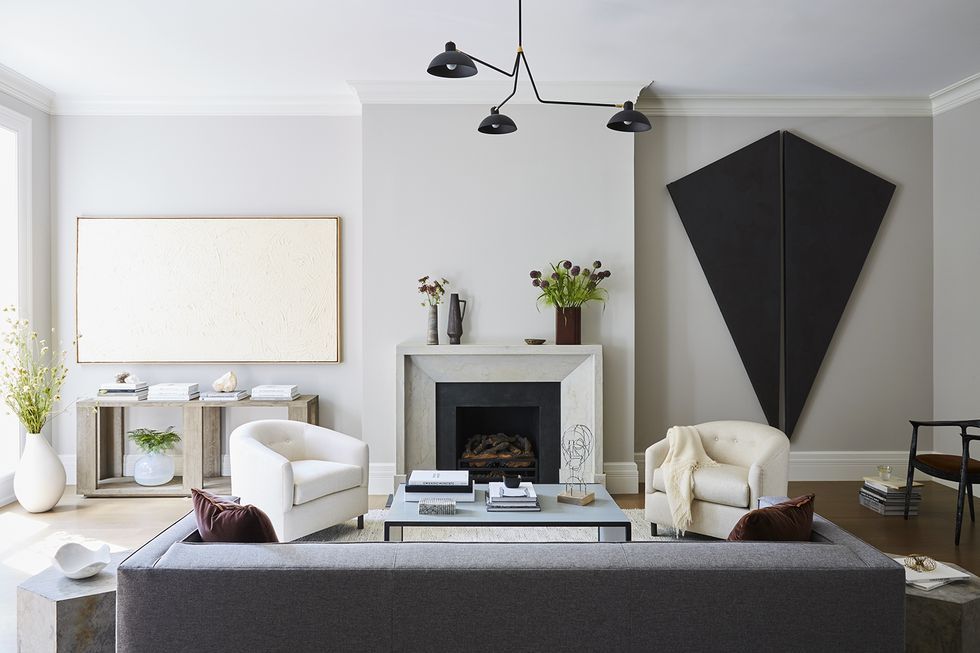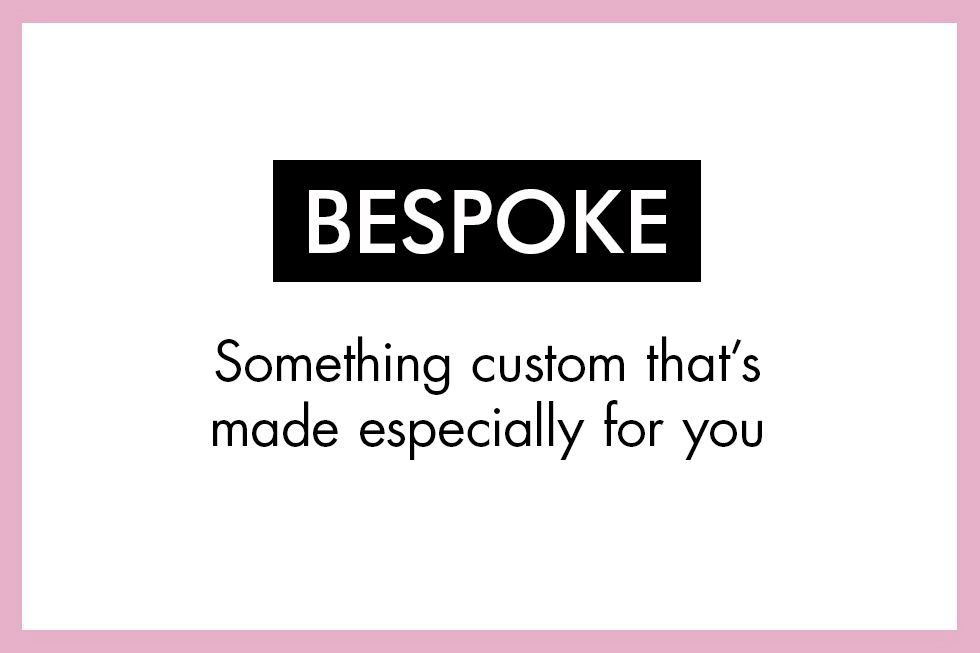Welcome to the ultimate guide on home decor terms! Whether you’re a seasoned interior designer or just starting your journey into home aesthetics, understanding the lingo is essential. In my years of experience, I’ve come to realize that knowledge of these terms not only simplifies communication during renovations or decor projects but also enhances your ability to create a cohesive and beautiful space. Let’s dive in!
Understanding Home Decor: The Basics
Home decor refers to the aesthetic elements that enhance the beauty and functionality of a living space. It encompasses various components, including furniture, color schemes, lighting, and accessories. Grasping these terms will empower you to make informed decisions in your decorating endeavors.
Key Elements of Home Decor
- Color Schemes: The palette of colors used throughout a space.
- Textures: The tactile and visual surfaces of materials.
- Furniture Styles: Different designs and eras of furniture pieces.
- Lighting: Types and placements of light fixtures that influence mood.
- Accessories: Decorative items that personalize a space.

Essential Home Decor Terms Explained
1. Aesthetic
A term that refers to the overall look and feel of a space. It encompasses style, color scheme, and design choices.

2. Color Palette
This is a selection of colors that harmonize within a particular space, providing a unified look.
3. Focal Point
The central feature in a room that draws attention, such as a fireplace or a piece of artwork.

4. Scale and Proportion
Scale refers to the size of an object in relation to its surroundings, while proportion deals with the relationship between the sizes of different elements.
5. Texture
The surface quality of materials, which can be perceived both visually and through touch. Mixing textures adds depth and interest to a room.

Comparative Analysis of Furniture Styles
| Style | Description | Pros | Cons |
|---|---|---|---|
| Modern | Sleek lines and minimalistic design, often incorporating metal and glass. | Timeless and functional, easy to maintain. | Can feel cold or uninviting. |
| Traditional | Classic designs that often feature ornate details and rich colors. | Warm and inviting, timeless appeal. | Can be perceived as dated if not balanced with modern elements. |
| Bohemian | A free-spirited style that mixes colors, patterns, and textures. | Highly personalized, encourages creativity. | Can be chaotic if not curated carefully. |
| Industrial | Raw materials like wood and metal, accents of vintage decor. | Trendy and edgy, offers character. | May feel too raw or unfinished for some tastes. |

Understanding Color in Home Decor
The Importance of Color Schemes
Color has a profound impact on mood and perception within a space. Here are some common schemes:
- Monochromatic: Variations of a single color.
- Complementary: Opposite colors on the color wheel.
- Analogous: Colors next to each other on the color wheel.

How to Choose a Color Palette
Consider the purpose of the space, the natural lighting, and the emotions you wish to evoke.
Textures and Patterns in Decor

Creating Depth with Texture
Incorporating various textures can enhance the aesthetic of a space. Soft fabrics, rough woods, and glossy metals can create a rich experience.
Using Patterns Wisely
Patterns can invigorate a room but should be used with care. A common rule of thumb is to mix no more than three patterns to avoid visual clutter.
Lighting in Home Decor
The Impact of Lighting
A well-lit room can significantly enhance the overall feel of your home. Various lighting types include:
- Ambient Lighting: General illumination that fills the room.
- Task Lighting: Focused lighting for specific tasks.
- Accent Lighting: Highlights particular features or decor.
Choosing the Right Fixtures
Consider the scale of the room and the intended ambiance when selecting light fixtures.
Incorporating Accessories
Personalizing Your Space
Accessories are where your personality can shine. From art pieces to plants, choose items that resonate with you.
Tips for Accessory Arrangement
Follow the rule of thirds when arranging accessories to ensure visual balance and interest.
Common Types of Home Decor Accessories
- Artwork
- Throw pillows
- Vases
- Mirrors
- Rugs
Maintaining Your Home Decor
Tips for Long-Lasting Decor
Regular cleaning and maintenance are crucial. Rotate accessories seasonally to keep the look fresh and engaging.
FAQs about Home Decor Terms
What is the most popular home decor style?
Modern and minimalist styles are currently very popular due to their clean lines and functionality.
How do I choose a color scheme for my room?
Consider the room’s purpose, size, and lighting. Test paint samples on your wall to see how they look at different times of the day.
What are some affordable home decor ideas?
DIY projects, thrift store finds, and repurposing items can be cost-effective ways to decorate your home.
How can I make my living room feel larger?
Use light colors, mirrors, and multi-functional furniture to create an illusion of space.
Conclusion
Understanding home decor terms can empower you to create beautiful and harmonious living spaces. It allows you to communicate your vision effectively, whether you’re working with a professional or handling a DIY project. Remember, your home should reflect your unique personality and style, so don’t hesitate to let your creativity shine through!